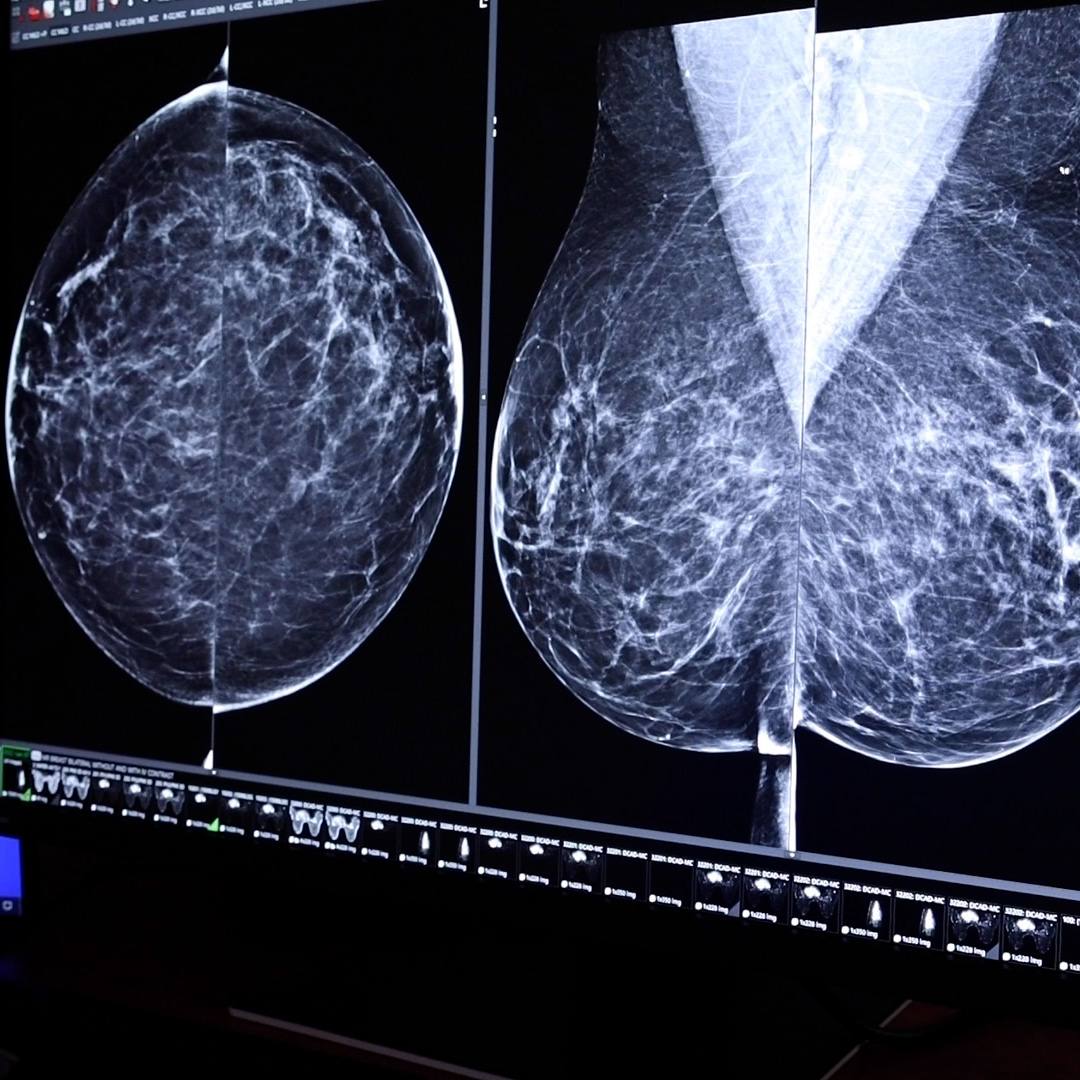-
Mayo Clinic Minute: It’s the season for cluster headaches
Cluster headaches aren't that common, but they are extremely painful. And they often occur during the fall season.
A cluster headache is a rare headache disorder that differs from a typical migraine or headache. Less than 1% of the population have cluster headaches, but for those people, it's an intense experience because the headaches come on fast and hit hard.
Journalists: Broadcast-quality video (1:15) is in the downloads at the end of this post. Please courtesy: "Mayo Clinic News Network." Read the script.
Imagine being woken up abruptly by excruciating head pain that reaches peak intensity in seconds.
"Then (there is) 15 to 20 minutes of this pain, which is so severe that patients often cannot sit still. They have to get up, pace around, maybe push on the head or bang things against the head. And then, again, it shuts off like a light switch," explains Dr. Carrie Robertson, a Mayo Clinic neurologist.
What Dr. Robertson is describing is a cluster headache attack.
"For patients who struggle with this, for six to 12 weeks, they may have multiple headaches per day ― maybe one to eight headaches per day. And then, just as abruptly as the cycle started, the cycle will shut off. And they might be headache-free for months or even a year before another cycle starts," says Dr. Robertson.
Many times, cluster headache will occur without a trigger. However, a cluster headache tends to be seasonal.
"The fall is one of the seasons that we frequently see patients with their cycles starting," she says.
There's no cure for cluster headaches, but treatments are available to decrease the severity of pain, shorten the headache period and prevent the attacks.
"We've made a lot of progress in the past 10 years, but we're actively pursuing additional treatments on an ongoing basis," says Dr. Robertson.







